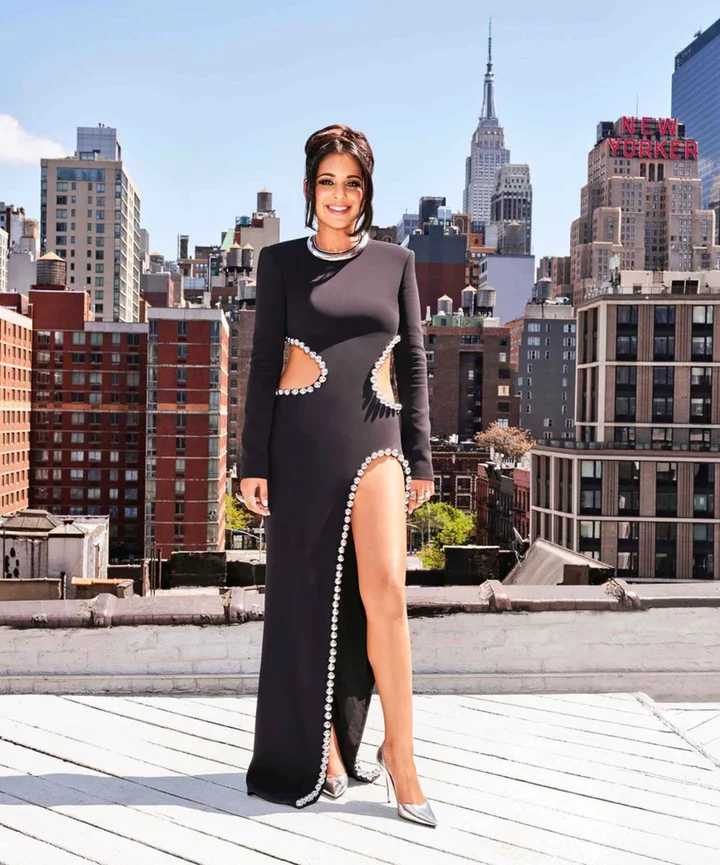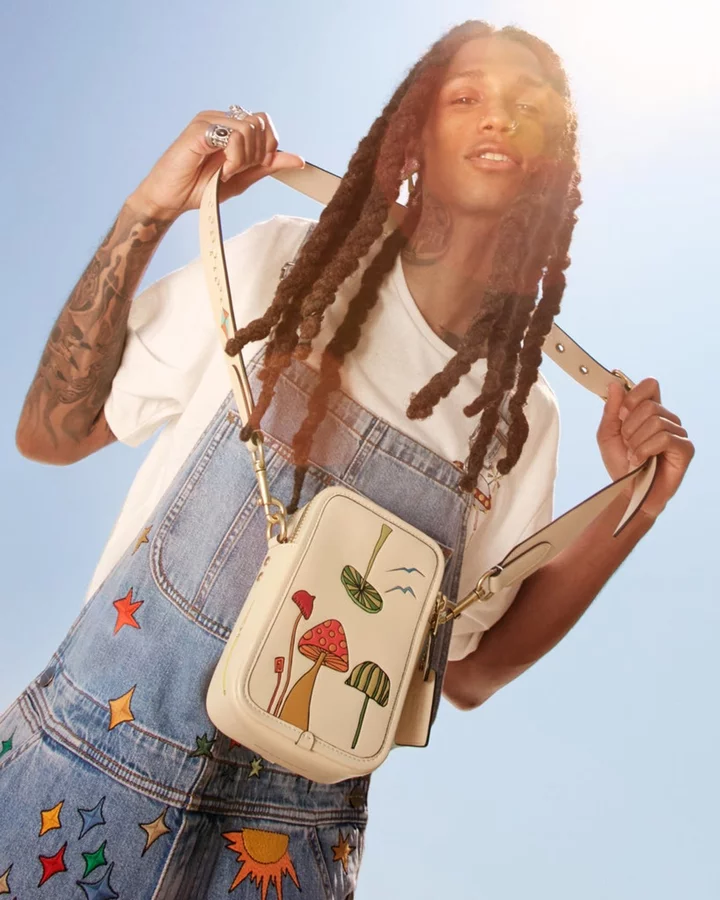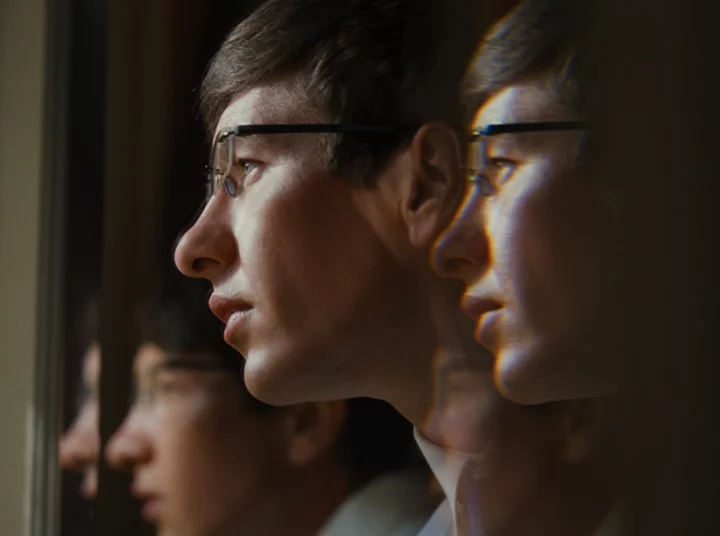Though material wealth isn’t something I aspire to, I love watching rich people be absurd on reality TV. I’m an immigrant who ended up at prep school, so shows like Selling Sunset and Keeping Up With The Kardashians are a nostalgic foray into the world of wealthy (mostly white) women. These reality stars are recognizable caricatures, and it allows us to understand them in a glance. When I think about my own story, which features characters and social norms that are not well represented in the media, I can’t fathom how I would come across on a reality show. So, when I heard the new diverse cast of The Real Housewives of New York included Jessel Taank, a woman from the same country as me (India), I needed to tune in.
The RHONY reboot stars a much varied cast than its previous iteration, which alongside Taank, Bravo’s first Indian Housewife, includes influencer Sai De Silva, model Ubah Hassan, real estate agent Erin Dana Lichy, former J. Crew CEO and gay icon Jenna Lyons, and marketing consultant Brynn Whitfield.
When the new cast of RHONY was unveiled, Taank posted on Instagram, writing, “The revolution will be televised!! It’s an honor to be the FIRST Indian to be cast in this franchise. LFG!!!” Riffing off a 1960s Black Power slogan for your reality TV cast unveiling is the sort of hilariously tone-deaf move that RHONY fans tune in for, but Taank’s caption did make me wonder how revolutionary this new diverse cast really was. More than anything, I was excited to see how Bravo would portray the deliciously complex and varied South Asian experience on a reality TV show.
Taank was born in London, but moved to New York City to “chase the American dream,” according to her personal website. She started in public relations for Michael Kors and Karla Otto, working her way up the ladder before founding her own PR firm called The Know. She lives in Chelsea with her husband, financier Pavit Randhawa, and her 2-year-old twin boys.
In the first two episodes of the new RHONY, I found Taank’s oblivious nature charming. After a weekend in the Hamptons, she called Lichy and De Silva “cackling hags” and then wrote it off as a harmless British idiom. She also told Lichy her neighborhood of Tribeca is “up-and-coming,” which is hardly the case considering Taylor Swift, Beyoncé, and Jennifer Lopez are a few of the celebs who call chic neighborhood home. And when Lyons gifted her a green satin slip, Taank said the lingerie made her look “like a Christmas tree” — clearly a self-conscious comment about her postpartum body and not a slight about the gift. The other Housewives, however, deemed her mysterious and secretive because they were unable to figure her out.
During the cast trip to Anguilla, Lyons opens up about her mother’s autism and reminds the women that nothing is ever as it seems. She admits none of the other housewives have had it easy, before asking Taank what her upbringing was like. After much prompting, Taank finally opens up. “My grandfather had to move from India to East Africa for work, so my parents were born in Kenya. They were forced out of their homes in East Africa because there was a lot of political unrest and they had it super tough.”
The history of Indians in Kenya is complex. Working as merchants, lawyers, and skilled tradesmen, the Indian minority in Kenya has, in general, been wealthier than the Kenyan majority. In the ‘80s, after a period of racial tension, former Kenyan President Arap Moi accused Indians of exploiting Africans. After a failed coup to oust him in 1982, Kenyans reacted violently. Indians, out of fear, left the country. Taank’s grandparents were part of this Indian flight.
The other Housewives, who likely didn’t know this historical context, were quick to call her out for giving a partial story that didn’t ring true to them. They found her background confusing and overwhelming, which is a sentiment I’ve encountered throughout my life.
Growing up, I remember my Indian friends in New Jersey slotting themselves into followers of “white culture” or “Black culture” (or Guindian “guido culture,” but we won’t get into that). What is apparent to me now was our desire to be easily legible, to erase the complexities of our individual stories in order to be included. Here, Taank is refusing to simplify her background, and since it’s not a story we’ve seen in Hollywood movies or TV shows, it doesn’t seem believable to the rest of the women. To De Silva, “the math isn’t math-ing.”
I, however, deeply relate to Taank’s story. I have family in Uganda and have repeatedly had to explain, even to Indians, that there is a large population of Indians in East Africa. When people’s eyes glaze over, I usually throw in the towel, but hearing Taank share her story on reality TV renewed my hope that maybe, one day, this is something people will just know.
Taank won’t be able to represent us all. What she can do, however, is represent herself authentically.
Taank is part of a new cohort of Housewives, many of them are women of color who are supposed to be different from the previous generationally wealthy Upper East Side women we’ve seen. The new Housewives are mostly painted as hard workers who came from nothing and deserve the luxury they’ve earned. Whitfield and De Silva genuinely fit this description, and their stories are aspirational for many. I can see Taank, as another woman of color, feeling the pressure to portray herself similarly. She’s the first Indian Housewife and meant to represent 1.4 billion Indians and 2.5 billion South Asians. Wouldn’t a simple story of a rags-to-riches immigrant be what’s expected? After all, it’s what we’ve been used to seeing in the media.
Our reality is much more complicated. Indians are the highest-earning ethnic group in the U.S., but South Asians, more broadly, have drastically varied incomes. For example, Bangladeshi New Yorkers’ median family income was $38,868 in 2015 according to the Asian American Federation, compared to the city’s median family income of $59,285. There are South Asians who work delivery, drive taxis, and work construction. South Asians, willingly or not, are part of a highly hierarchical, casteist, and colorist society with vastly varied incomes.
Taank won’t be able to represent us all. What she can do, however, is represent herself authentically. She has an opportunity to introduce the American public to the nuances of a British South Asian experience. It’s her specific life story that makes her interesting. It allows others to connect with her, understand her, and lovingly meme her. This is RHONY after all. Taank excels at this and cements her relatability when she revealed she hid her IVF rounds from her mother.
Asian families love to keep secrets, especially to spare unnecessary worry. When I had to get surgery for a torn ACL, I didn’t tell my family for weeks. Why stress them out? This seemingly unnecessary secrecy can be confounding to Americans.
In one of my favorite movies from 2019, The Farewell, Billi’s (Awkwafina) family doesn’t tell their beloved matriarch, Nai Nai, that she only has a few weeks to live. Why upset her? They believe she’d spend her last days filled with dread if she knew the end was near. In America, this violates the Hippocratic Oath in all sorts of ways, but, as Asian people, keeping secrets from our family is our god-given right. We cling to our little secrets in order to spare our family, even when it’s eating us up inside.
Watching Taank cry in front of her mother as she finally shared her difficult IVF journey, it was as if I also felt her releasing a weight from her shoulders. Knowing IVF is taboo in many South Asian countries, it felt especially important to see Taank talk openly about it with her (very supportive) mother.
Sure, Taank is hardly “of the people, for the people.” She tries to convince her husband to spend $60,000 for each of her children’s preschool education, just so she can “network” and rub shoulders with Tom Cruise. And her complicated background of forced and voluntary migration may be confusing for Americans. But that’s exactly why it’s so important to depict on TV. Having her on the show opens the door to new conversations (and new ideas of who can be a ridiculously wealthy woman in America). Others may call her story strange and confusing, but all I see are characters, arcs and plotlines we haven’t seen before. I hope she keeps sharing her specific South Asian experience, because, my god, we need it.









